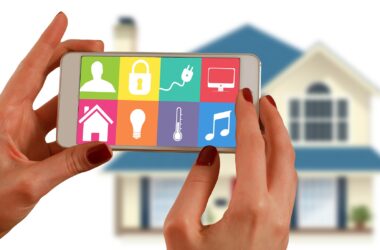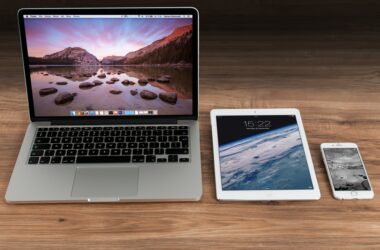I went out and got the new MacBook to try for a week or two.
It is quite a wonder of hardware and industrial design: thin and light, cools completely passively (so no noisy fans), with a fairly good retina display and a good 5-6 hours of battery life under my normal usage patterns. The new thinner keyboard does take a while to get used to, but I’ve been okay with the new trackpad as I’ve switched to tap clicking a while back1.
The main downsides of the machine are also well-covered. It is equipped with only one USB type-C port, used for both charging and doubles as an outlet for peripherals. The processor is quiet but lacking in power, particularly in comparison to the MacBook Pro I’m trying to replace with this machine. Alas, the deal breaker for me may actually be the screen size.
The MacBook features a 12” LED display with a resolution of 2304 x 1440. Normally you can only select the scaled HiDPI resolutions, so either the default 1280 x 800 or the slightly bigger 1440 x 900. There are apps that unlock more resolutions, including a bunch of non-doubled DPI resolutions that go all the way up to the full native resolution, but anything above 1600 x 1050 or so is unusable on a 12” display with shrinking UIs and text, not to mention the general fuzziness of interpolating screen pixels to physical pixels.
I’m coming from an old, non-retina, no-longer-in-production 17” MacBook Pro. The difference in both the screen size and effective retina resolution is stark; I’m finding that I have to change my workflows and rely on full-screen windows and Mission Control a lot more instead of having floating windows on one screen. The new MacBook is also somehow slower – in both CPU and GPU – than my old MacBook while driving more pixels, so I’ve had to adapt further by reducing the number of open apps.
One thing I’ve noticed about retina MacBooks is that at resolutions higher than the defaults (e.g., 1920 x 1280 on a 15” MacBook Pro), the graphics processor has a ton of trouble keeping up the frame rate for just the desktop. The price of sharp text is having to render at double the target resolution and scale down to the screen, and it results in stutter-y, laggy animations that actually make the computer less responsive as a whole2.
Still, I’m going to give this laptop a shot, as the portability has been welcome even just around the house; my current 17” laptop is more than double the weight and physical size. If I keep this machine, though, I think I’ll have to pair it with a much more powerful desktop, and that would actually qualify as the upgrade.
I did it mainly for the ergonomics; not having to apply force on one’s wrists has helped, in addition to mostly using trackpads and gestures to avoid wrist movements.↩
It’s not just laptops either; I’ve heard similar problems with the iMac 5K. With increased screen resolutions and virtual reality, there is finally a use case for better graphics cards other than games.↩


